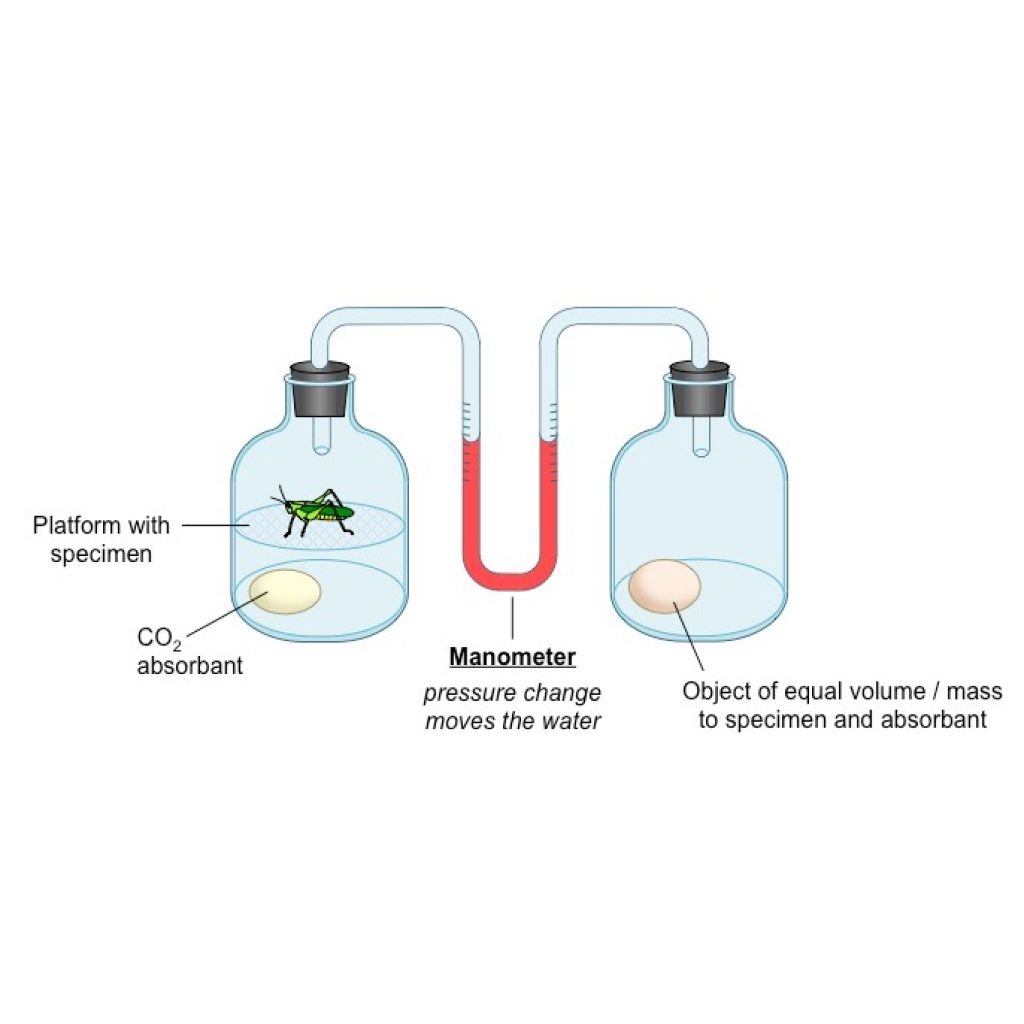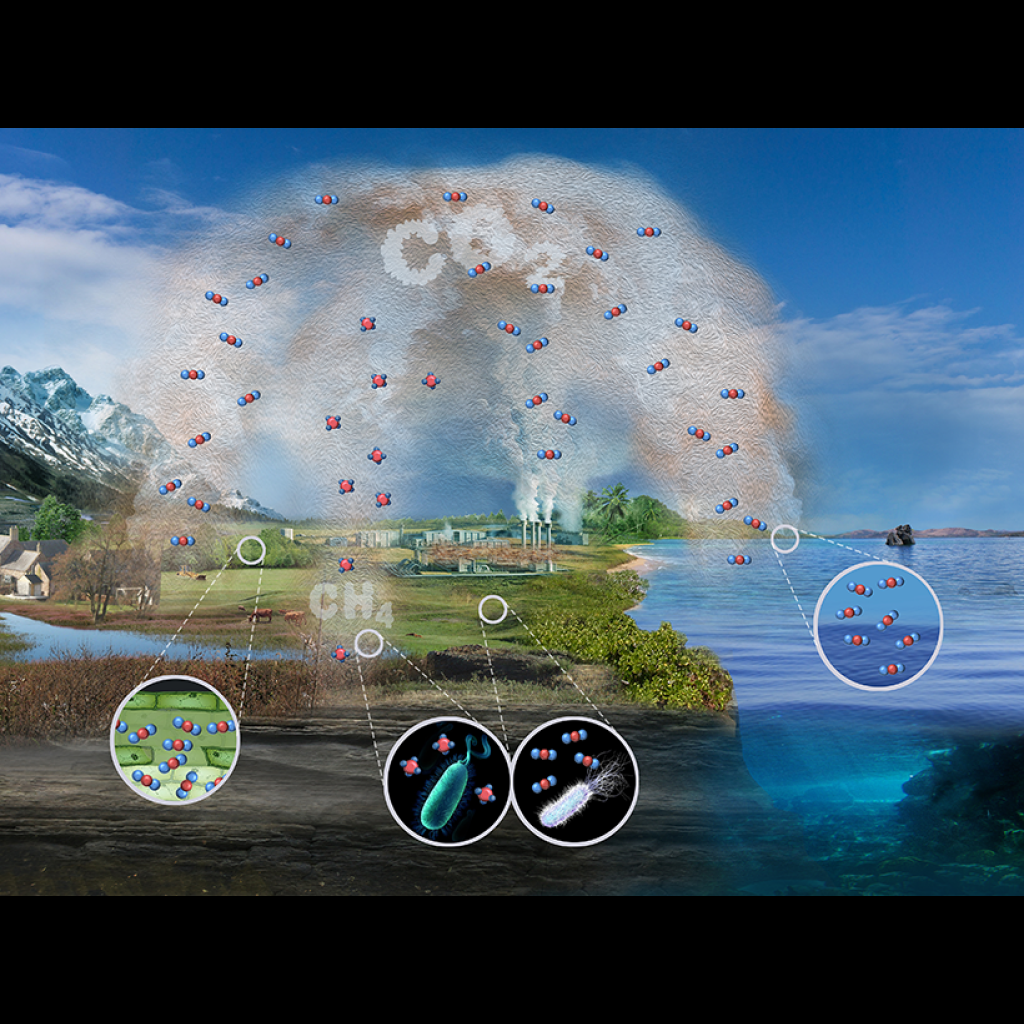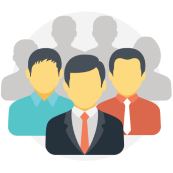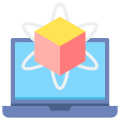- Comprehend the categories of macromolecules present in food.
- Grasp the configuration of carbohydrates, proteins, and lipids.
- Identify macromolecules in food specimens.
imaginX is used by many amazing schools and universities
University / College
Can you apply your understanding of food macromolecules to persuade your friend to adopt a more nutritious diet?
University / College
Enhance students' involvement in science by immersing them in interactive learning scenarios. Create simulations for experiments, provide hands-on training in laboratory techniques, and convey theoretical concepts through captivating visual experiences to improve their overall long-term learning outcomes.

Navigate through your initial day in the laboratory by recognizing potential hazards in an unsafe lab environment. Youll receive an introduction to laboratory attire, safety gear, and the dos and donts while conducting experiments.

Acquire fundamental knowledge about Type II diabetes.

Embark on a mission with iXGenie to unravel the contents of the enigmatic painkillers that your friend Simon has acquired. Your objective is to determine the specific functional groups that this chemical compound should possess and conduct chemical examinations to confirm their presence.

Participate in the Acids and Bases Simulation with Marie and delve into the fundamental concepts of these crucial chemical compounds. Assess the pH levels of chemical solutions and apply your newfound knowledge to analyze acid-base mixtures.

Explore the concept of respiration monitoring and enhanced comprehension through Respirometry. Gain insights into the influence of exercise on respiration by observing glucose levels and oxygen consumption in a model organism, namely a mouse.

Assist Farmer Greg in gaining insights into the broader factors influencing corn production. Analyze various reservoirs and their interconnections, and then explore the impact of human emissions on the cycle using the interactive 3D model.
imaginX seamlessly integrates with leading LMS (Learning Management Systems), enabling educators to track student performance and allowing students to maintain their work records. It is compatible with popular platforms such as Canvas, Blackboard, Moodle, Google Classroom, Schoology, Sakai, Brightspace/D2L, and can also be used independently of an LMS.









